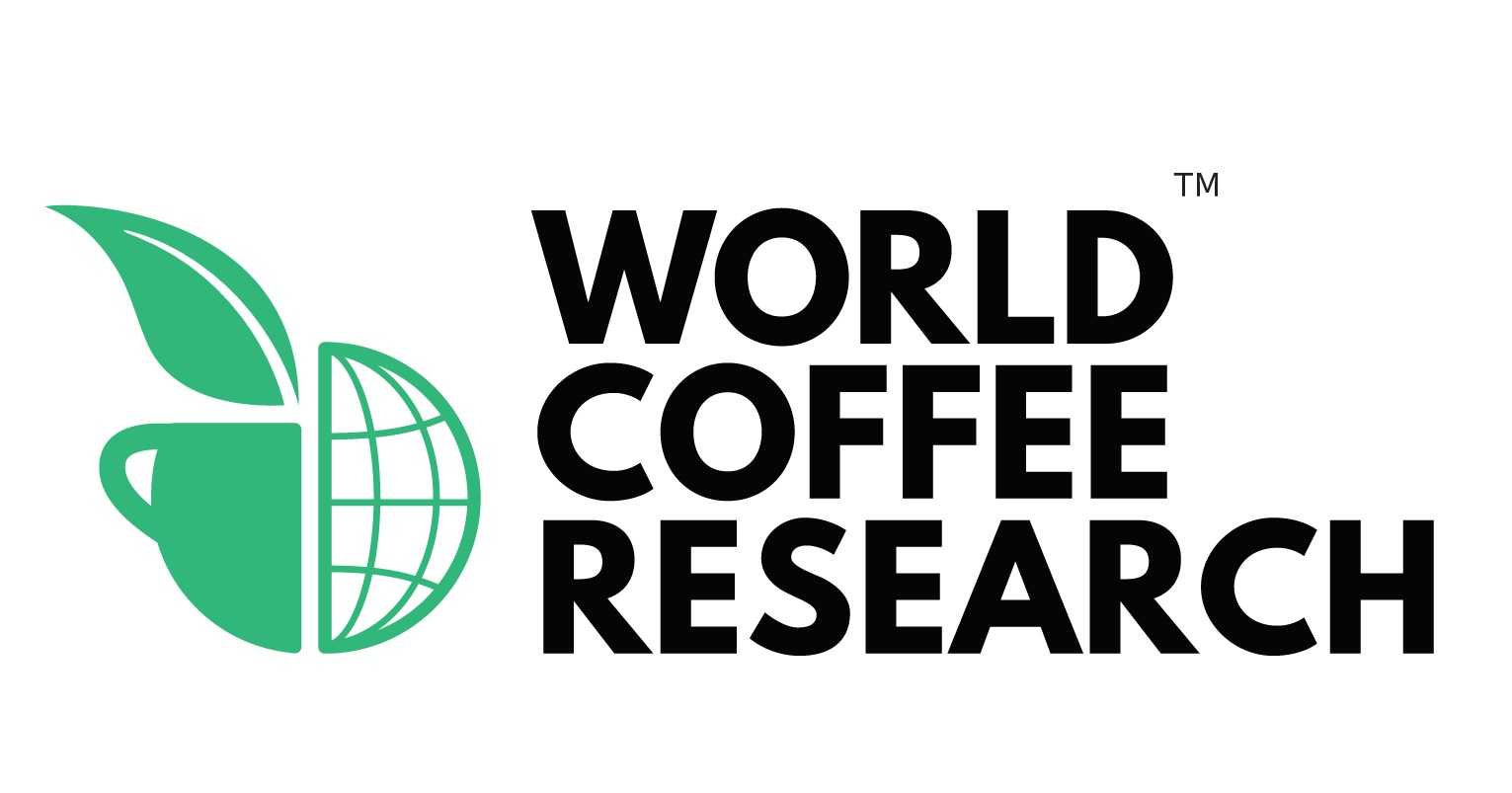PLAYA HERRADURA, Costa Rica – World Coffee Research (WCR) and Promecafe are pleased to announce today the launch of two new manuals of best practices for coffee seed producers and nursery managers, which are available for free download at worldcoffeeresearch.org/guias. The guides are available in both English and Spanish.
The manuals are the latest in WCR’s effort to broaden awareness of and opportunity to address a hidden crisis in the coffee sector: A worldwide lack of competent systems for delivering high quality, healthy planting material to coffee farmers. Globally, most coffee seedlings produced for are weak, low yielding, and prone to disease.
“With each poor-quality seedling planted in their fields, farmers lock in lower production potential for decades to come,” says WCR CEO Vern Long, “and this powerfully reinforces the ‘poverty trap’ faced by smallholder farmers in particular. Improving nursery production practices has the potential to dramatically improve the productivity and profitability of coffee farms globally and to ensure that the genetic gains coming from new/improved varieties are able to reach farmers.”
Supporting nurseries to produce high quality trees
There is a huge opportunity to support nurseries around the world to improve their production processes to produce healthy and genetically traceable plants. These improvements can vastly increase the possibility for farmers to not only select the right varieties for their farms but to make sure that the seeds or seedlings they are planting are all from the variety chosen, with the best physical and phytosanitary quality.
These training guides focus on supporting seed and plant producers to make improvements toward two essential goals:
- Improving plant health resulting from healthy, strong seedlings reaching their maximum potential yield with a minimum mortality rate of seedlings planted. In this regard, the Guides focus on describing appropriate seed production and nursery management techniques with good agricultural practices at each stage.
- Improving genetic purity of the material, so that farmers may be confident that they are planting in their fields the variety they chose, with desirable genetic characteristics and no risk of cross-pollination. To do so, the Guides include specific portions on traceability, ranging from the purchase of seeds or plants to produce mother plants to the sale or planting of the seeds or plants produced.
Reviews of the guides were conducted from experts from across Central America. The Regional Cooperative Program for the Technological Development and Modernization of Coffee Cultivation (PROMECAFE), which represents ten coffee producing countries in Central America and the Carribean, will be working to promote their use across the region.
Manuals are openly and freely available, thanks to Keurig Dr. Pepper and Lavazza Pro
In recognition of the difficult scale of the challenge and the widespread need for better access to information about best practices, WCR is making its best practices guides for nursery and seed producers openly and freely available for anyone to download and use. This is made possible through the generous financial support was provided by Keurig Dr. Pepper and Lavazza Pro.
An entrepreneurial opportunity
In addition to reducing risk across the coffee value stream, coffee nurseries with improved practices offering higher-quality plants represent a powerful entrepreneurial opportunity in coffee regions around the world.
Reducing famer risk, lost production, and value
Plant material pipelines are made up of seed producers and nurseries, which can be operated either by public institutions or free market seed sectors (or, as is frequent in coffee, a combination of the two). Effective systems convey high quality seedlings developed by breeders (typically with improved genetic potential such as disease resistance, yield, and/or cup quality) down to farmers, who are able to turn that potential into increased profits.
But today in practice, most of the increased production potential of better varieties leaks out of these pipelines before ever reaching farmers. Through studies across multiple countries, World Coffee Research has found that most countries in the world are currently unable to deliver high quality plants to all of its farmers.
There are no global figures available, but country studies have demonstrated that it is not uncommon for upwards of 50% of coffee trees produced by nurseries —especially small, informal ones—to die before or sooner after they are transplanted to the field.
Many of the seedlings that do reach farmer fields are weak, low yielding, and prone to disease. Additionally, poor quality plants can be a cause of poor farming practices as farmers make the rational choice not to put inputs and labor toward the tending of compromised or unpromising plants. But the opposite is also true: high quality, vigorous trees with good genetic potential can catalyze farmers to make other investments in productivity.
Against that backdrop, these best practices guides are more than just training manuals. Supporting nurseries to produce healthier trees reduces the risk coffee farmers face when buying seed/seedlings and “locks in” the gains to farmers of planting a healthy tree across the life of that tree.
The guides also supplement the WCR Arabica Coffee Varieties catalog describing the characteristics of 54 different arabica varieties, allowing coffee farmers to select the optimum varieties for their farms. The catalog is available at https://varieties. worldcoffeeresearch.org/info/catalog










